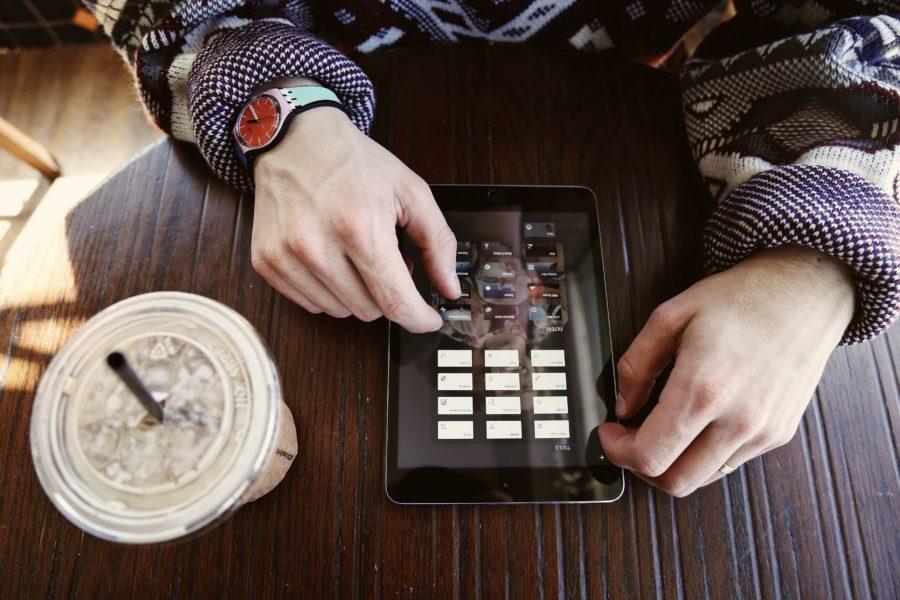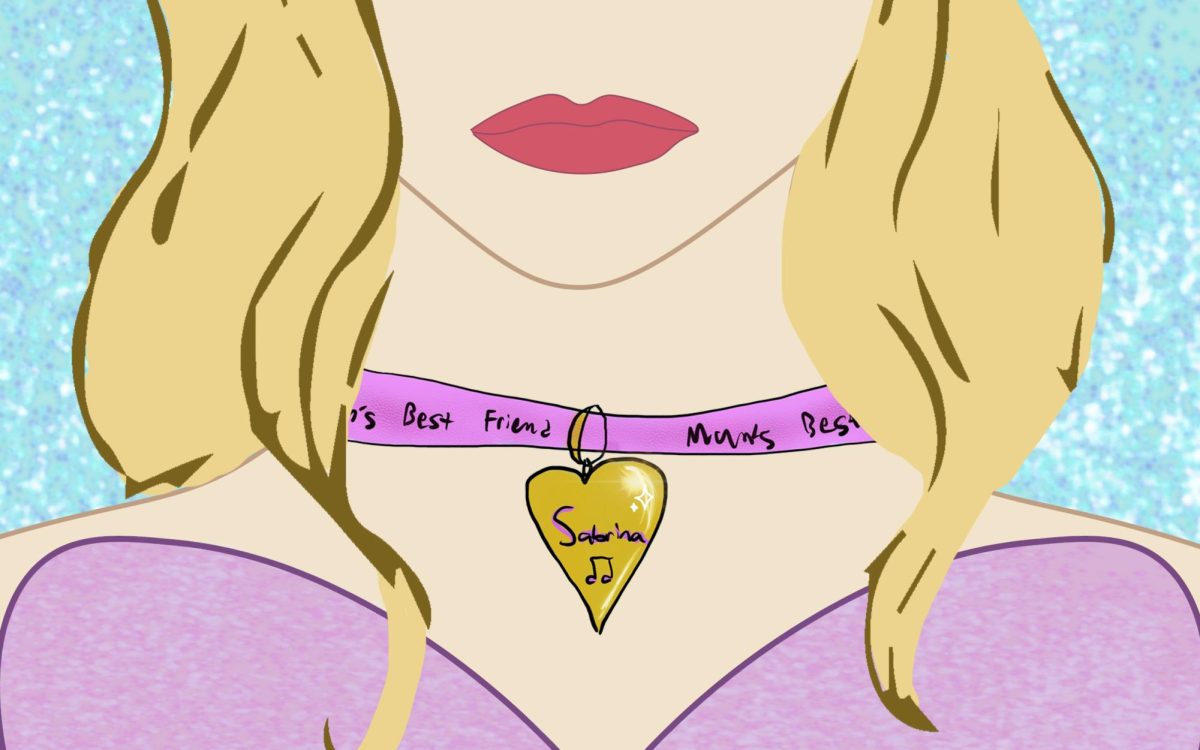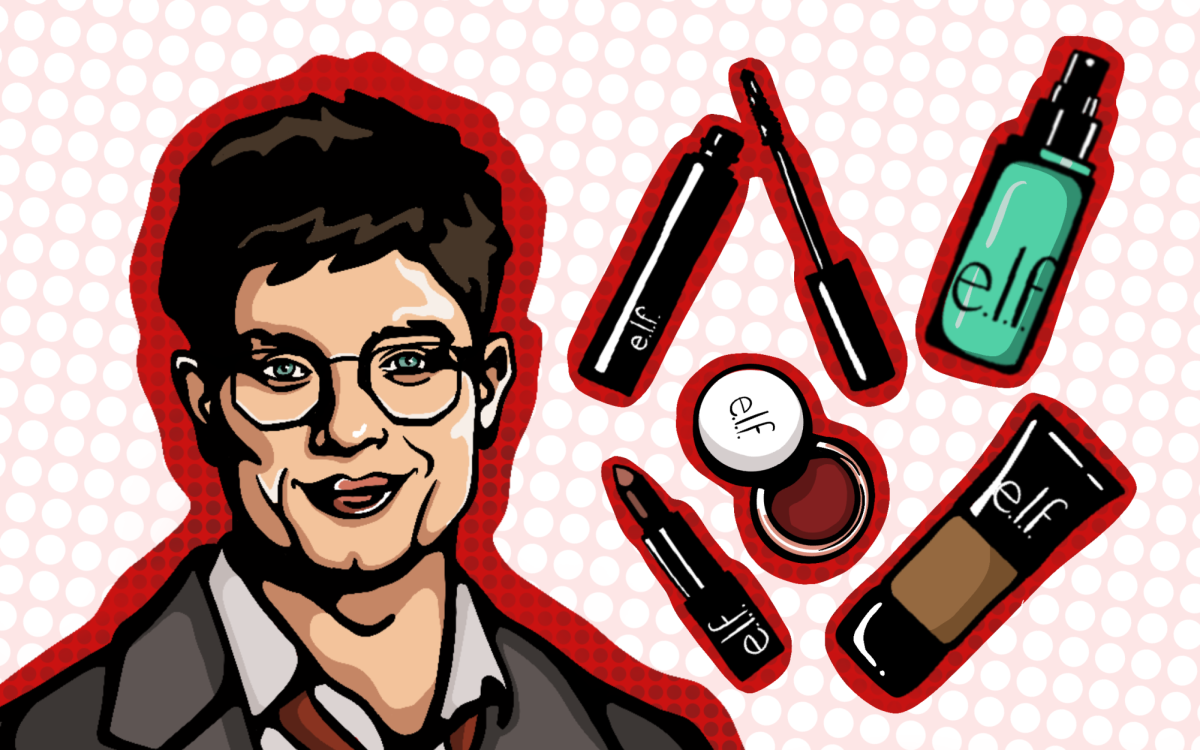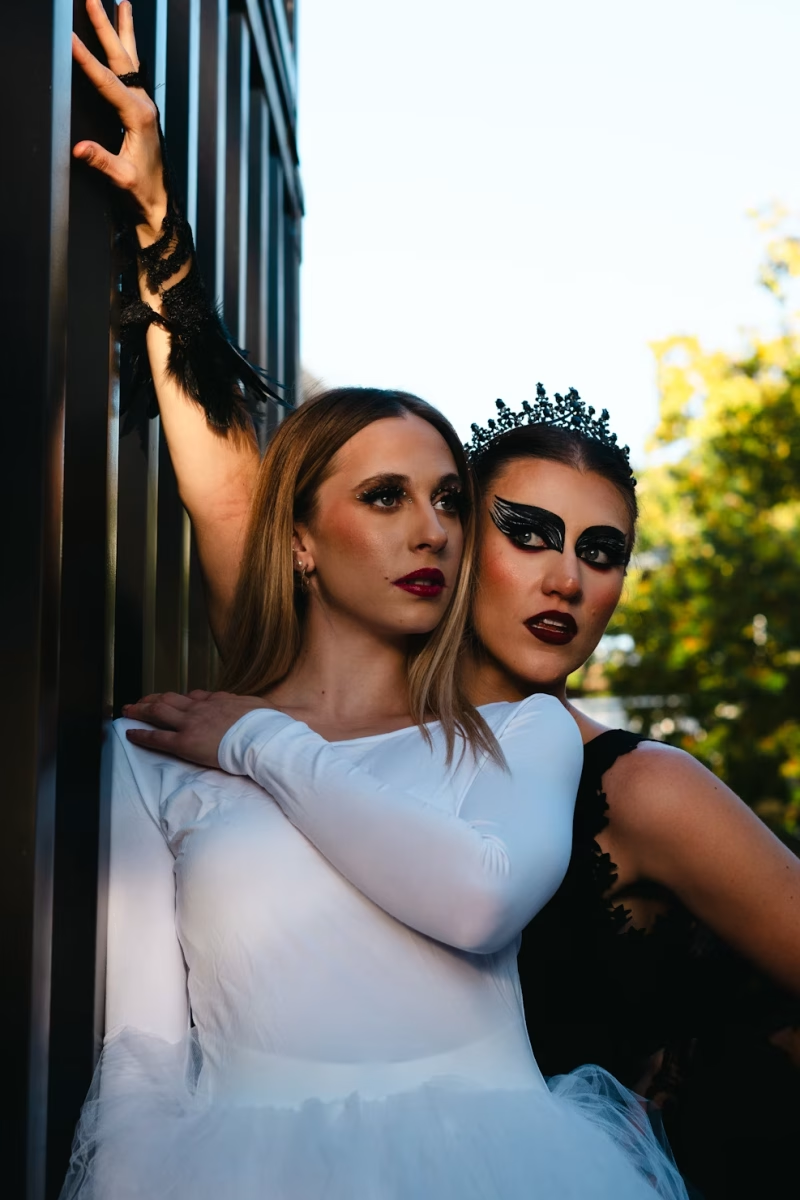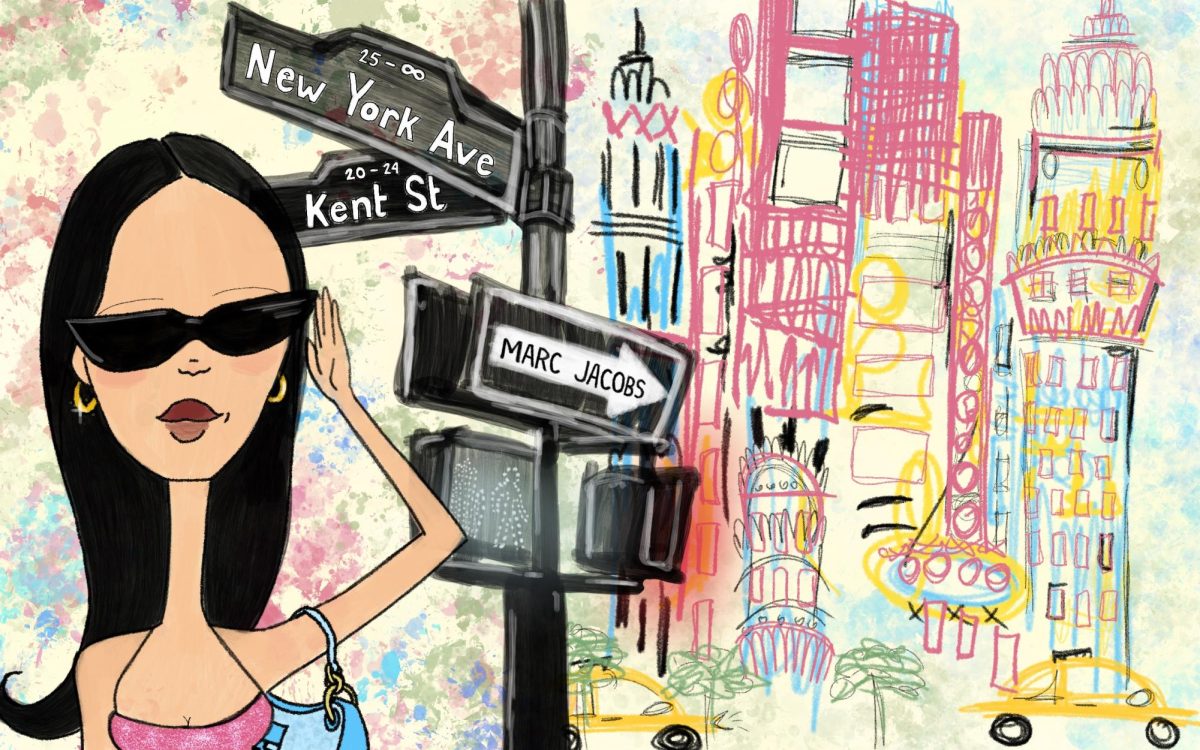Technology has become an important part of our lives, smartphones and laptops, and wearables like smartwatches or activity counters are seen in almost every household. If you are considering adding a new piece of technology to your collection, it can be a little tricky knowing if the price is worth it or if it’s even the right device for you. If you are looking for a way to read on the go and want something smaller than your laptop but bigger than your phone, you may find yourself in the market for a tablet or E-reader.
E-Readers allow us to carry our favorite books, newspapers and magazines in an easy-to-carry electronic device. E-readers can hold thousands of titles and definitely save some precious shelf-space if reading is one of your favorite hobbies. One downside is electronic reading doesn’t have the same feel as a book, so if you love the smell of books and feel of pages turning, an E-reader may not be for you.
Tablets are electronic devices that function similarly to a computer and are a larger version of a smart phone. Tablets have tons of apps available, including ones specifically for books and reading. One drawback to a tablet is it may feel a bit redundant if you have a smartphone, but if you want a bigger screen to scroll through your Instagram feed, your options look pretty good with a tablet.
To start your new technology hunt, ask yourself what you are looking for in a device and how much you want to spend. If you are just looking for an easy way to read on the go, an E-reader is for you. But if you want to type your notes and leave your laptop at home, you may want to spend your money on a tablet.
Ella Abbott, an employee of Kent State’s TechHelp, has a surface tablet, and she uses it for note taking.
“It’s smaller and easier to carry around, and I do read on it,” Abbott said. “I buy textbooks on it. I used to have a kindle, but I like my tablet more, because I can do more on it.”
The popular E-reader brands are Amazon’s Kindle and Barnes & Noble’s Nook. Kindle has a number of models, including the Oasis, Voyage and Paperwhite, but the ones that match a college budget are the Paperwhite and the original Kindle. The Nook also has a handful of models including the Nook Tablet and Nook GlowLight Plus.

Some popular tablet brands include Apple’s iPad, Samsung’s Galaxy Tab and Amazon’s Fire. Each of these brands have several models which range in features and price. The older the model, the cheaper and less fancy the device, so you may want to do your own research if you want something specific.
Case Pollock, a junior fashion merchandising student, has an iPad and uses is for note taking, on the go photo editing and Netflix when he isn’t in his room or doesn’t have his laptop.
“I really like the iPad because I’m able to access all my documents and pictures and am able to transport them easily when I’m on the go,” Pollock said. “I am able to do everything on my iPad that I can do on my laptop, but the ease of it being lightweight and compact makes it a lot more appealing going to class or if I’m out and about.”
It’s your money, so it is ultimately up to you for how you spend it, but if you’ve been debating about buying an E-reader or a tablet, this is a good place to start.
E-readers
Battery life: 3-6 weeks
Price: $ 119
Memory: 4GB
Wireless: Wi-Fi, 3G optional ($189)
Battery life: 2-4 weeks
Price: $79
Memory: 4GB
Wireless: Wi-Fi
Battery life: 7 hours
Price: $49.99
Memory: 8GB, but up to 128 GB with memory card options
Wireless: Wi-Fi
Battery life: 6 weeks
Price: $99.99
Memory: 4GB
Wireless: Wi-Fi
Tablets
Battery life: up to 10 hours
Price: $329
Memory: 32 or 128 GB
Wireless: Wi-Fi (+ cellular available)
Screen size: 9.7- inch diagonal
Battery life: up to 8 hours
Price: $399.99
Memory: 32 GB (expandable)
Wireless: Wi-Fi
Screen size: 9.7- inch diagonal
Battery life: up to 8 hours
Price: $229.99
Memory: 16, 32 or 64 GB
Wireless: Wi-Fi
Screen size: 10.1 inch diagonal

